The other collection. Stories and works from the deposits of the National Gallery of the Marche

Nino Caffè, Grande Pannello, 1967 (particolare)
The other collection. Stories and works from the deposits of the National Gallery of the Marche
Ducal Palace, Urbino, from 5 October 2023 to 5 May 2024
Curators: Director of the Galleria Nazionale delle Marche Luigi Gallo, Valentina Catalucci and Andrea Bernardini
Credit photo: popcinema.org
Click Here for Italian Version
The artworks in Italy are in an excessive number. The consequence is the invisibility of the majority of works preserved in museums.
The deposits in which they are kept are vast. This causes a problem with cataloguing and studying cultural heritage. Above all, it is unavailable to the public.

Anselmo Bucci, Zio Carletto torna dall'Africa
What is the exact quantity of artwork protected in Italian warehouses? They are infinity:
“ … approximately 480 thousand artworks are exhibited in Italian museums, but in storage are kept 4.5 million ...” (1)
Besides, there is an enormous amount of archaeological material. Therefore, 90% of the assets are hidden, unknown, or known only to a few scholars.
Exhibiting all artwork is impracticable. Museums in Italy are mainly historic palaces with unlimited architectural restrictions. Even if it were possible, the question is how they could be visible and interesting.

Federico Barocci, Il perdono di Assisi
How can we use and manage this abundance?
Deposits are certainly an essential place for careful maintenance and control. Once this function has been consolidated, can deposits be used in a flexible and smart manner?
Accessibility, rotation of artworks, partial exploitation, marketing, interpretation and research to make them attractive. Furthermore, accurate service for loans, finding alternative exposure solutions, taking advantage of many government buildings.
A different option could be decentralization of artworks from huge deposits. It happened with the “100 works return home” project of the Ministry of Culture. Five paintings by Federico Barocci, Simone Cantarini and Pomarancio, left in Pinacoteca di Brera's storage, have been delivered to the Galleria Nazionale delle Marche. The paintings were created in the Marche area and stolen during the Napoleonic period. It is a return home, where they were born and lived for years. However, it is only a small number.
A different system was devised in February 2016 by the Mauritshuis Museum in The Hague. The museum organized the exhibition “In and out of storage” displaying artworks from its deposits.

Simone Cantarini, Il giudizio di Paride
The Galleria Nazionale delle Marche in the Ducal Palace, Urbino, follows the same line.
With the exhibition, The other collection. Stories and works from the deposits of the National Gallery of the Marche, from 5 October 2023 to 5 May 2024, the museum in Urbino offered the opportunity to see sixty paintings.
They are artworks from the fifteenth to the twentieth century, an authoritative and cultural selection.
The best-known authors are Federico Barocci and Simone Cantarini known as Pesarese. Recent artists are Anselmo Bucci and Vincenzo Nini.

The exhibition ends with Nino Caffè with his Grande Pannello from 1967. A landscape, a park. It is observed from the subjective perspective of a person from inside his house, probably a palace. A large window with a balustrade which divides a third of the canvas. The parapet is a precise design, a fixed object, immobile but with small signs of life. A curious lizard, a pipe and a sheet of paper. The other third is a large, lively garden, full of people and vitality. Two men and a friend are having a picnic. A man from the back has his legs crossed. He is leaning on a trunk with one hand and admiring the infinite. A couple is sitting on a bench and petting. A young person is resting on the grass and reading a newspaper. Three couples are celebrating. One is playing a guitar, two are dancing, another is hugging a soldier and one is lying on the lawn. A painter paints en plein air. A priest wanders with his hands behind. Mary Poppins is flying with her umbrella and her bag while children move around her. An elderly man walks with a dog, and another nearby dog barks. An old woman is walking. Another priest is relaxing on his bicycle. However, Mary Poppins is not the only one who soars. The side part is occupied by a seminary. Its terrace has a cleric with an umbrella flying about. Another is throwing himself. Others are ready too. The seminary is imposing, surrounded by a garden and enclosed by walls. From the gate, a nun greets someone with a white handkerchief.
In the upper area, there are no humans. There is just a hilly panorama with houses and a cirrus cloud sky, more white than light blue.
The colours are soft, autumnal. The leaves are already brown, but in some trees, they are still shy green.
The final result is a theatrical environment, with a parapet to separate the audience and the stage. The scene is a choral story, a moment of distraction, play, joy, fantasy in a green space. Many characters engage inplayful activities. It is the exaltation of nature, of being together, it is a collective poem with many priests and Mary Poppins.
Zelmira, from Rossini’s golden Neapolitan period, returns to the Rossini Opera Festival 2025.
The premiere was on February 16, 1822, when Rossini was already the most famous and prolific composer in Europe. Zelmira confirms that Rossini's virtuosic music and an orchestra are capable of creating perfect atmospheres.
Budapest is the city of Sándor Márai. He was born in Košice, then part of the Kingdom of Hungary, and committed suicide in San Diego, USA. Yet, Sándor Márai is inextricably linked to Budapest: the city of his education, of the tragedies of the Second World War, of the Nazi occupation and the liberation by the Red Army.
A new production of Bianca e Falliero is performed at the 2024 Rossini Opera Festival in Pesaro.
The director is Jean-Louis Grinda; the Orchestra Sinfonica Nazionale Della Rai is conducted by Roberto Abbado.
Borghese Gallery - The most beautiful museum in the world - Rome
Villa Pinciana is the most beautiful museum in the world. His astonishing structure mixes with the extraordinary artwork contained inside.
Its pleasantness also depends on its dimensions. Perfect for a careful visit to each hall. It does not have themammoth and boundless vastness of generalist museums such as the Vatican, the Uffizi and the Louvre. The Borghese Gallery has the right extension to be enjoyed, appreciated, photographed calmly, without being physically destroyed and with cognitive abilities eliminated.
Koh Samui is paradise.
It is a green area with hills and picturesque beaches.
It is a youthful oasis, with many young people from all over the world. They have fun on the sand during the day. In the evening, they drink and dance at the Ark Bar on Chaweng Beach.
The Civic Museum of Pesaro is a treasure chest of prestigious artworks.
The first hall is monumental due to the impressive presence of a large altarpiece, full of light and noble colour. It is the Coronation of the Virgin Mary between Saint Paul, Saint Peter, Saint Francis of Assisi and Saint Jerome or the Pesaro Altarpiece. The 262 × 240 cm altarpiece was created around 1472-1475 by the painter Giovanni Bellini, born and died in Venice.
The artworks in Italy are in an excessive number. The consequence is the invisibility of the majority of works preserved in museums.
The deposits in which they are kept are vast. This causes a problem with cataloguing and studying cultural heritage. Above all, it is unavailable to the public.
The Galleria Nazionale delle Marche in the Ducal Palace, Urbino, with the exhibition, The other collection. Stories and works from the deposits of the National Gallery of the Marche, offered the opportunity to see sixty paintings usually in the deposit.
In 1444, after Oddantonio's assassination, Federico da Montefeltro became Duke of Urbino.
Federico da Montefeltro transformed Urbino into one of the essential centres of the Renaissance. Federico was its patron prince.
Every Renaissance Lord needs a palace. Federico da Montefeltro wanted to build one of the most personal residences.
The Palazzo Ducale is inimitable, "the most beautiful to be found in all Italy".
Hieronymus Bosch is a contemporary of the illustrious masters of the elegant Renaissance: Michelangelo Buonarroti, Raffaello Sanzio, Leonardo da Vinci, Perugino. Why does Bosh have a different language from the latter? Yet they are in the same world.
With a scientific and meticulous method, these two divergent humanities are contained in the exhibition Bosch and another Renaissance, held in Milan, Palazzo Reale from 9 November 2022 until 12 March 2023. The exhibition is curated by Bernard Aikema, Fernando Checa Cremades e Claudio Salsi.
BIENNALE ARCHITETTURA 2023 - 18TH INTERNATIONAL ARCHITECTURE EXHIBITION
Pictures and video from International Architecture Exhibition 2023
In Prague, only the imagination remained. It is a city to imagine. Let's imagine Prague during the Medieval era, imagine the dark streets, imagine the cold winter, imagine the mist, imagine the empty alleys, imagine the strange noises in the silence, imagine this gloomy atmosphere combined with the traditions of own religion.
Nowadays, Banksy is the artistic icon, the absolute champion of fame, income, cultural power and promotion.
Why are his artworks successful? Why is he so popular?
It is possible to study it in the exhibition The Art of Banksy “Without Limits”. The Art of Banksy "Without Limits" has toured the world, with high public success and also some problems.
The 59. International Art Exhibition, "The Milk of Dreams", curated by Cecilia Alemani, was inaugurated on 23 April and closed on 27 November 2022.
In a highly polychrome and colourful Art Biennale, black dominates everything. It is a hegemonic colour, it does not admit other artistic nuances. Simone Leigh, an American born in Chicago, wins the Golden Lion for Brick House.
Also, on 13 June but in 1888, Fernando António Nogueira Pessoa was born in Lisbon. He is simply known as Fernando Pessoa, although in his life he had many literary names. In Pessoa, there is a clear reference to Saint Anthony: Fernando and Antonio. He is the mark of his future Catholic dedication and of an alleged genealogical descend on the Saint.
Venice is expressive, dreamlike, mysterious. Any place has an anecdote. Any place has a past, not necessarily important. There is also a private narration made up of many people capable of building the charm of the city.
The Vatican Museums have been the centrality of art and culture for millennia. Visiting the Museums needs time, memory, passion and a lot of curiosity.
In the Raphael Rooms, the Renaissance master, Raphael Sanzio, imposes the supreme beauty, confirms the existence of magnificence, harmony and love.
How is it possible that one of the most beautiful museums in the world, could have been born in an arid and desolate island of the Middle East?
Ralph Rugoff, director of the Hayward Gallery in London, curated the 58th Venice International Art Exhibition. The title is cerebral: May You Live in Interesting Time.
Utagawa Hiroshige, the artist of Ukiyo-e, returned to Rome at the Scuderie del Quirinale in an exhibition about the Floating World and the marvellous of Edo.
https://www.facebook.com/roberto.matteucci.7
http://linkedin.com/in/roberto-matteucci-250a1560
“There’d he even less chance in a next life,” she smiled.
“In the old days, people woke up at dawn to cook food to give to monks. That’s why they had good meals to eat. But people these days just buy ready-to-eat food in plastic bags for the monks. As the result, we may have to eat meals from plastic bags for the next several lives.”
Letter from a Blind Old Man, Prabhassorn Sevikul (Nilubol Publishing House, 2009)
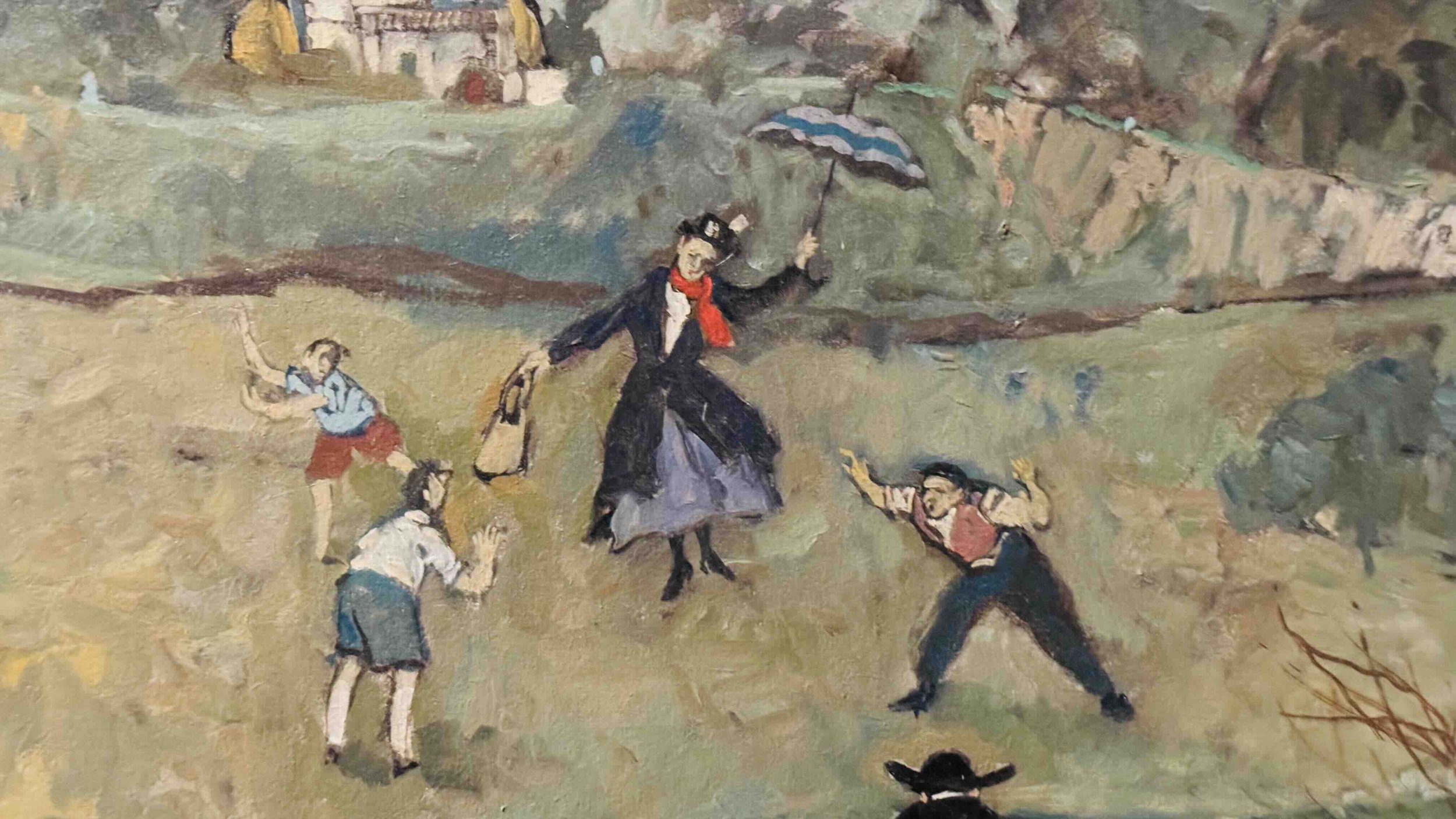

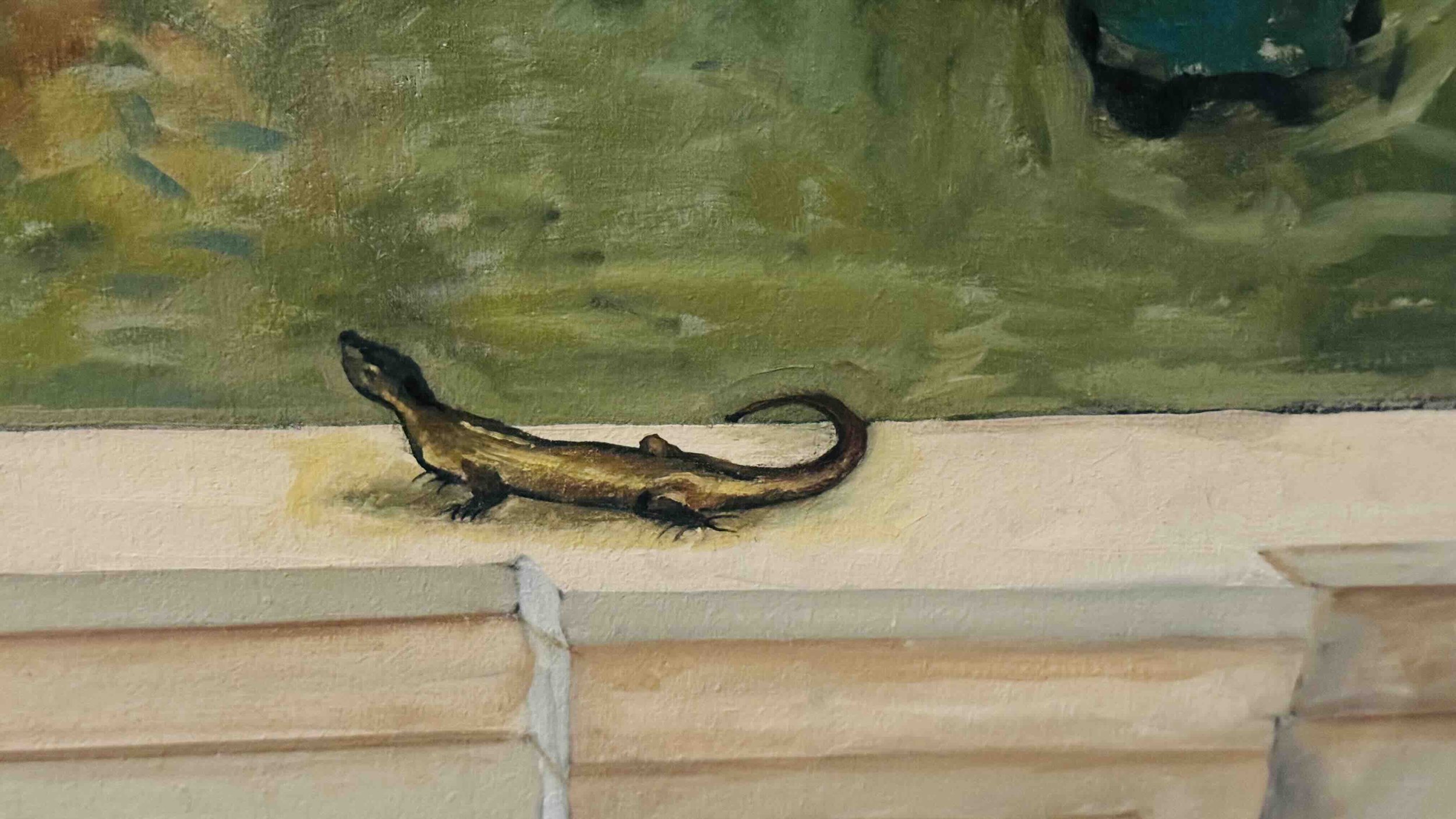
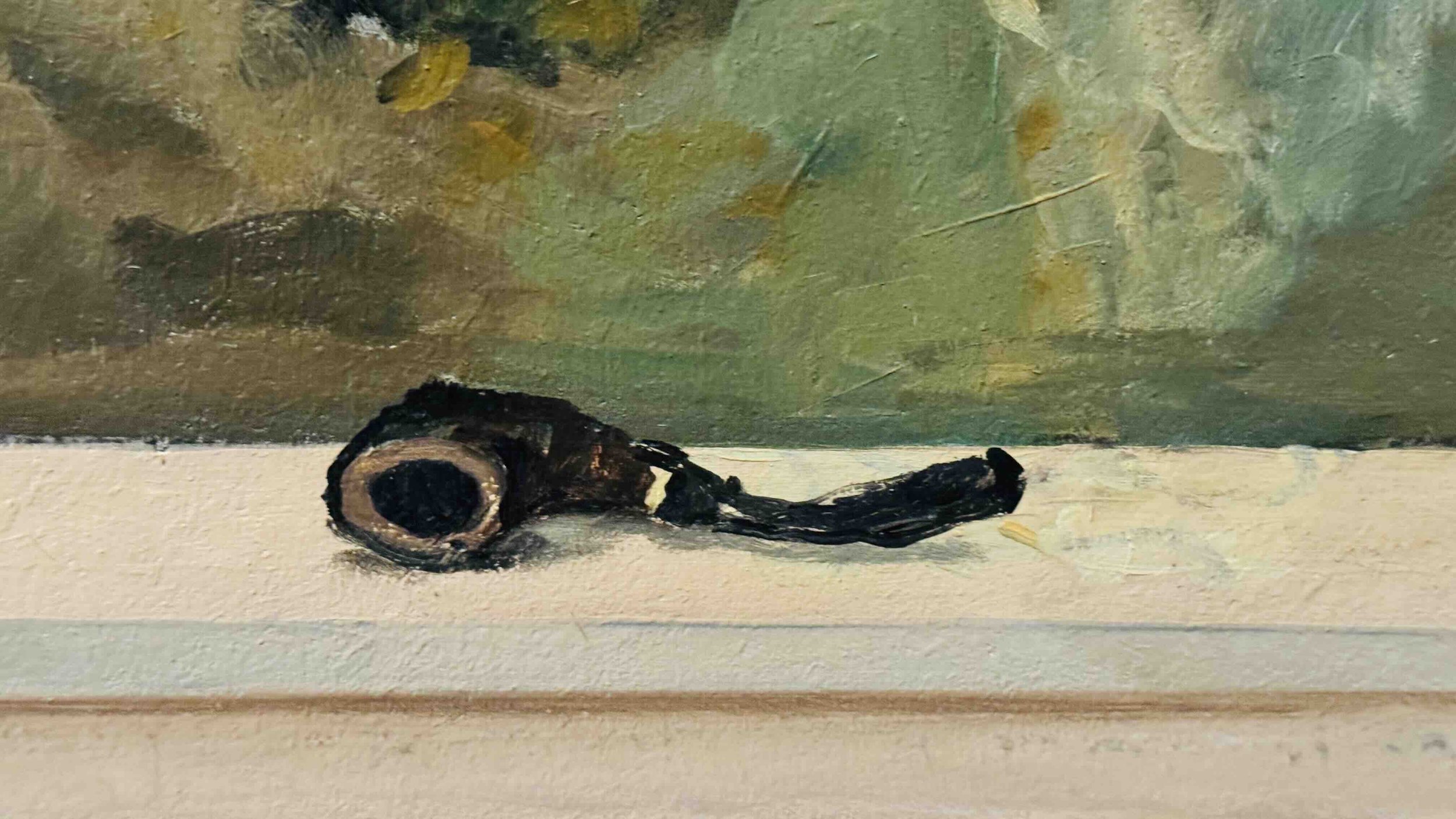
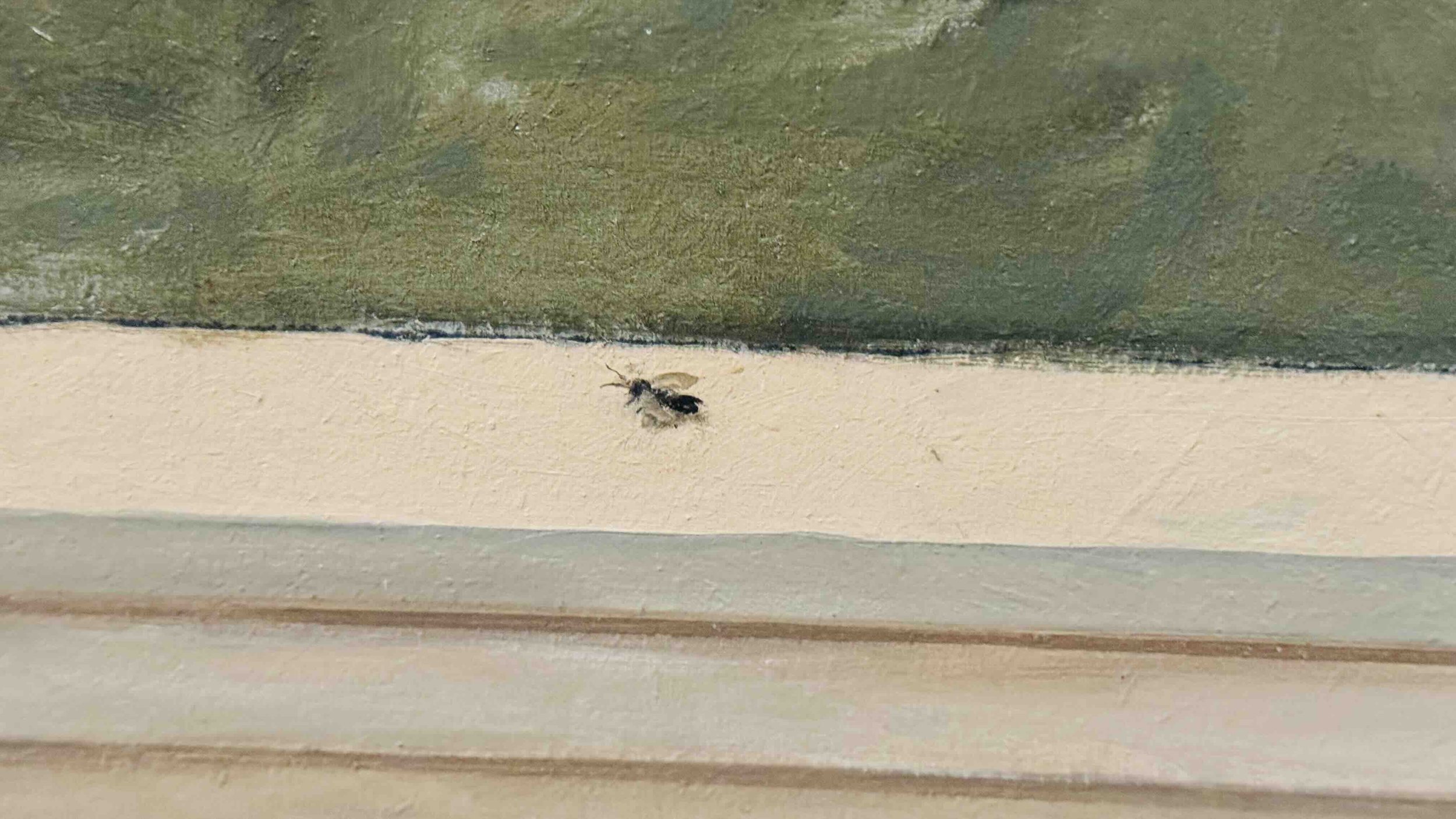
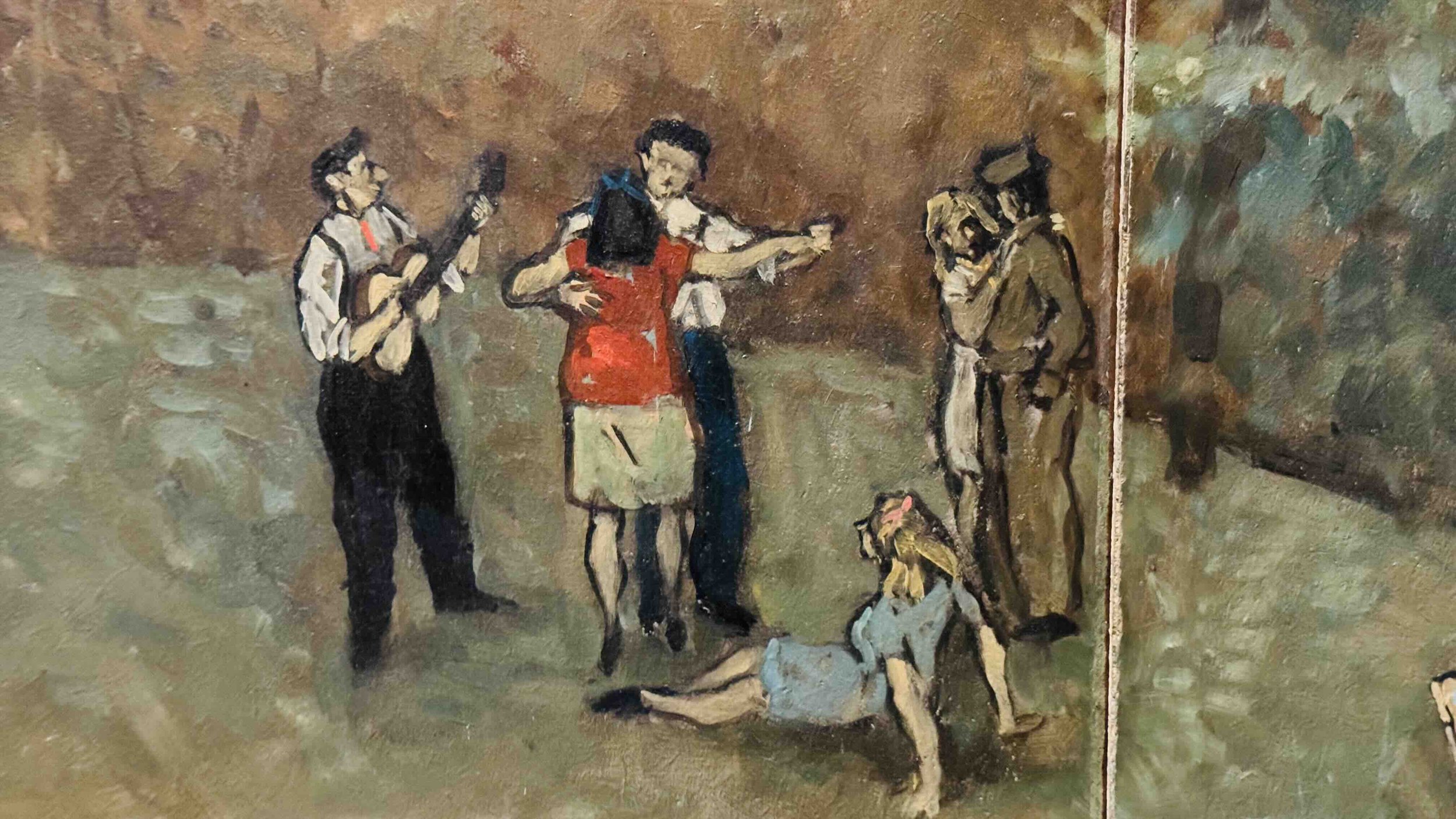
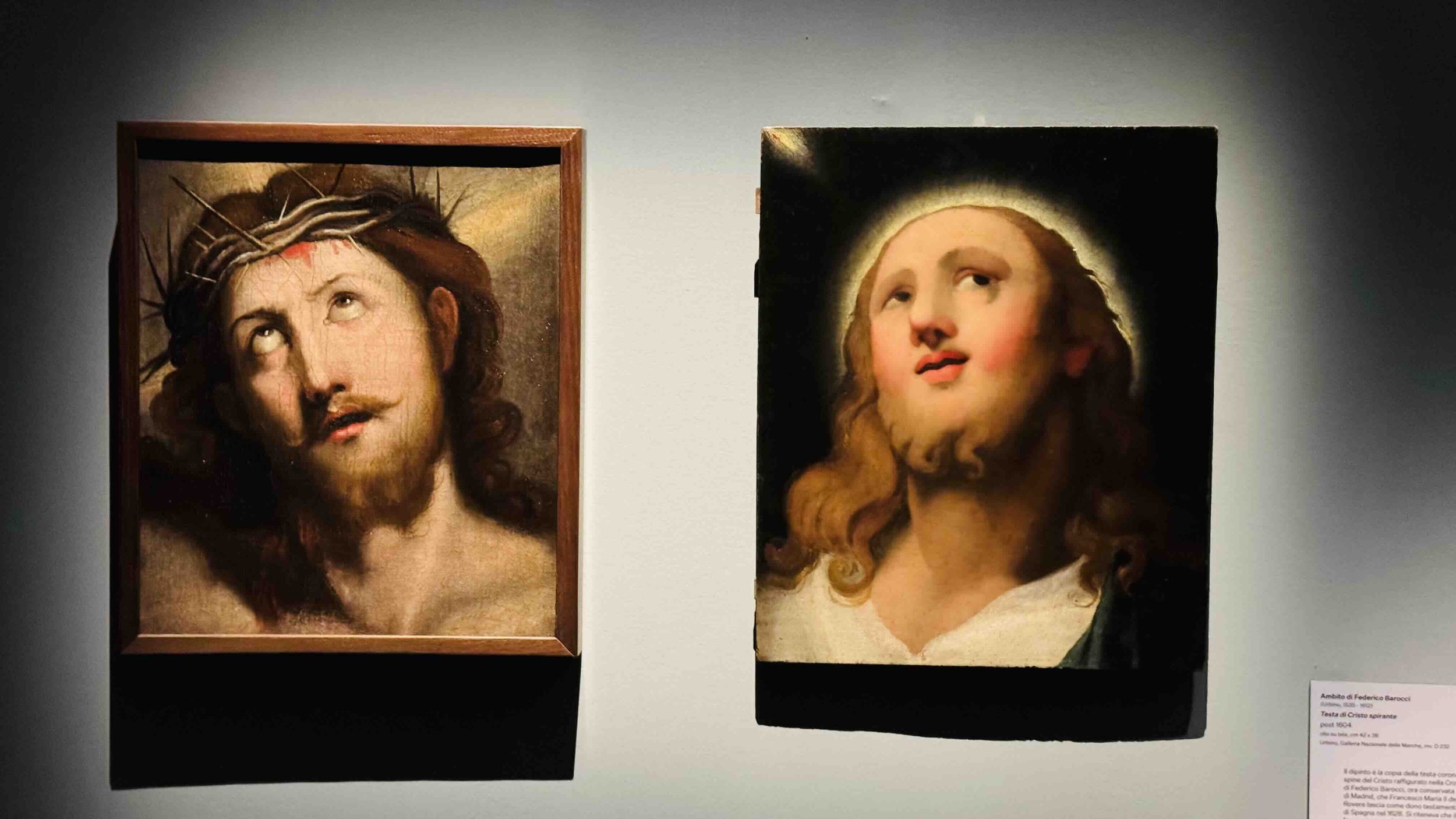
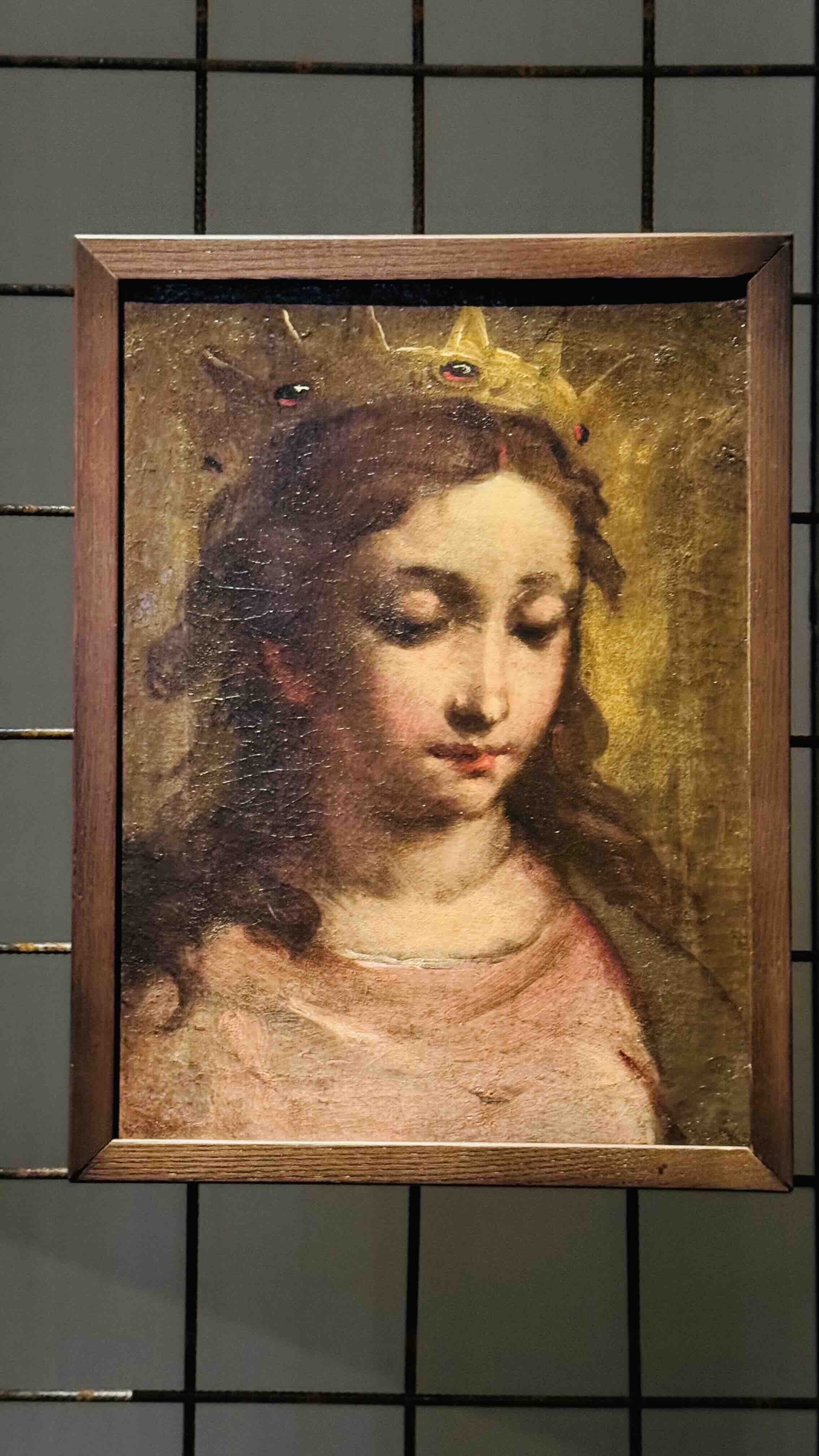
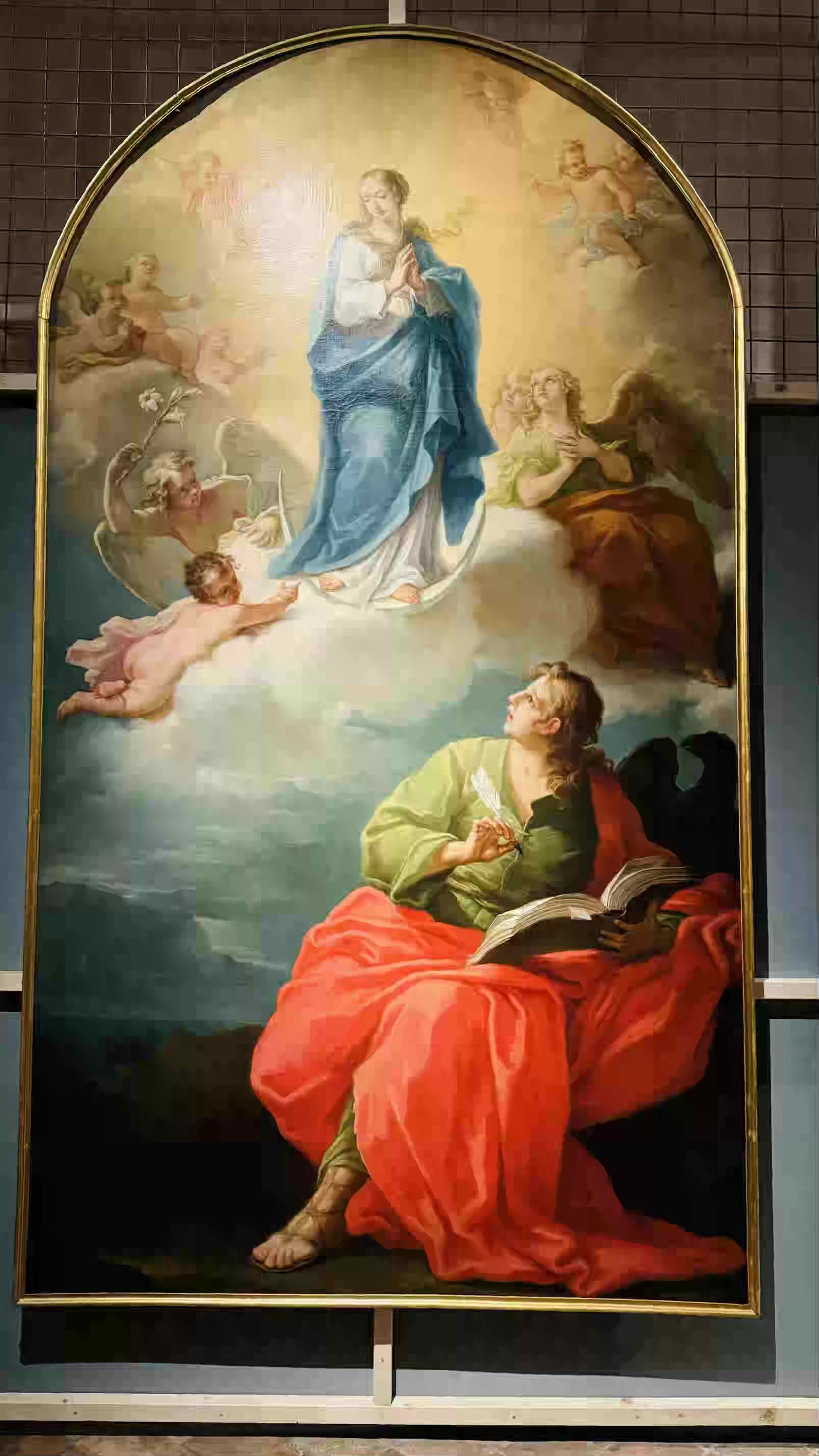
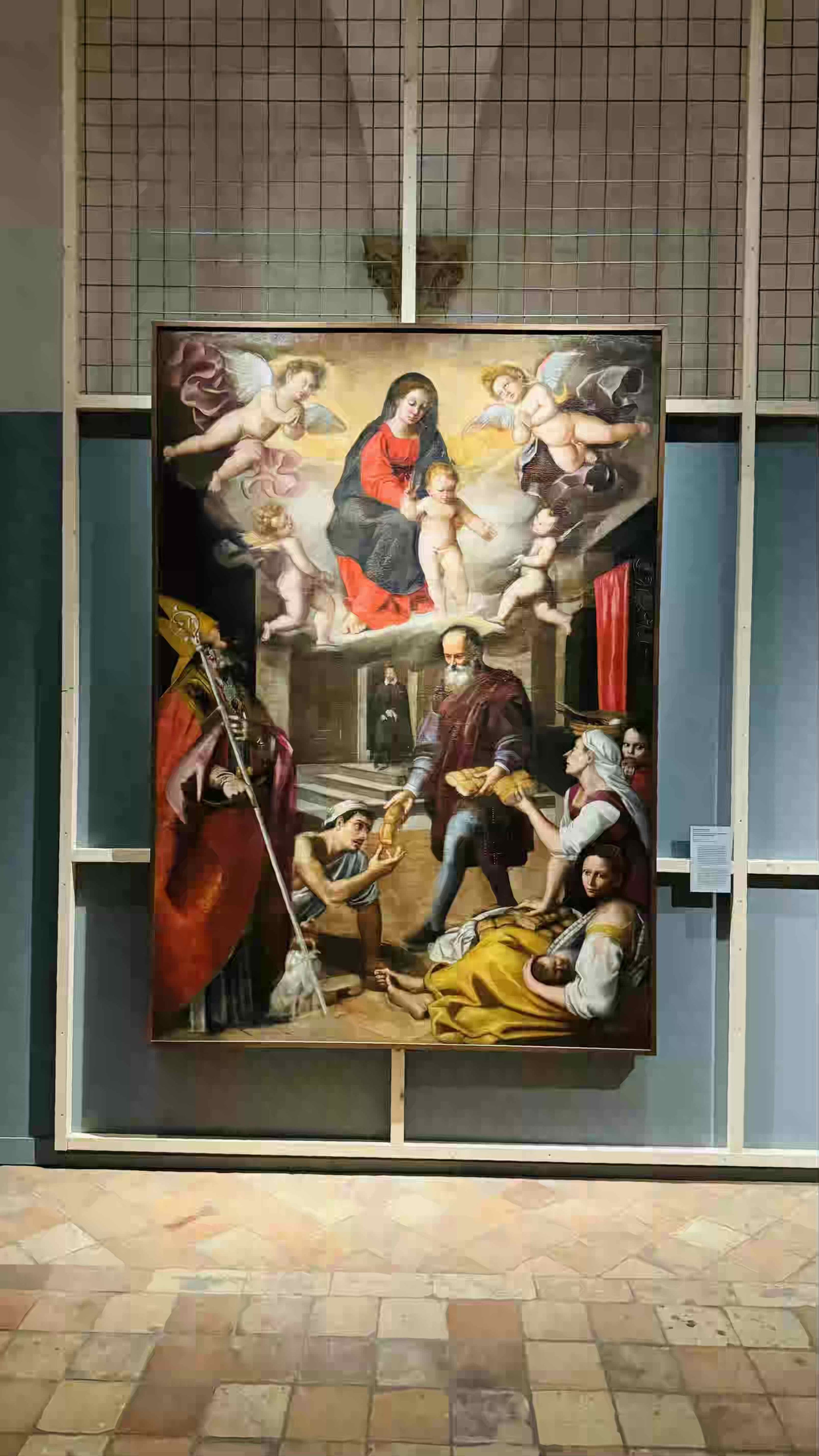
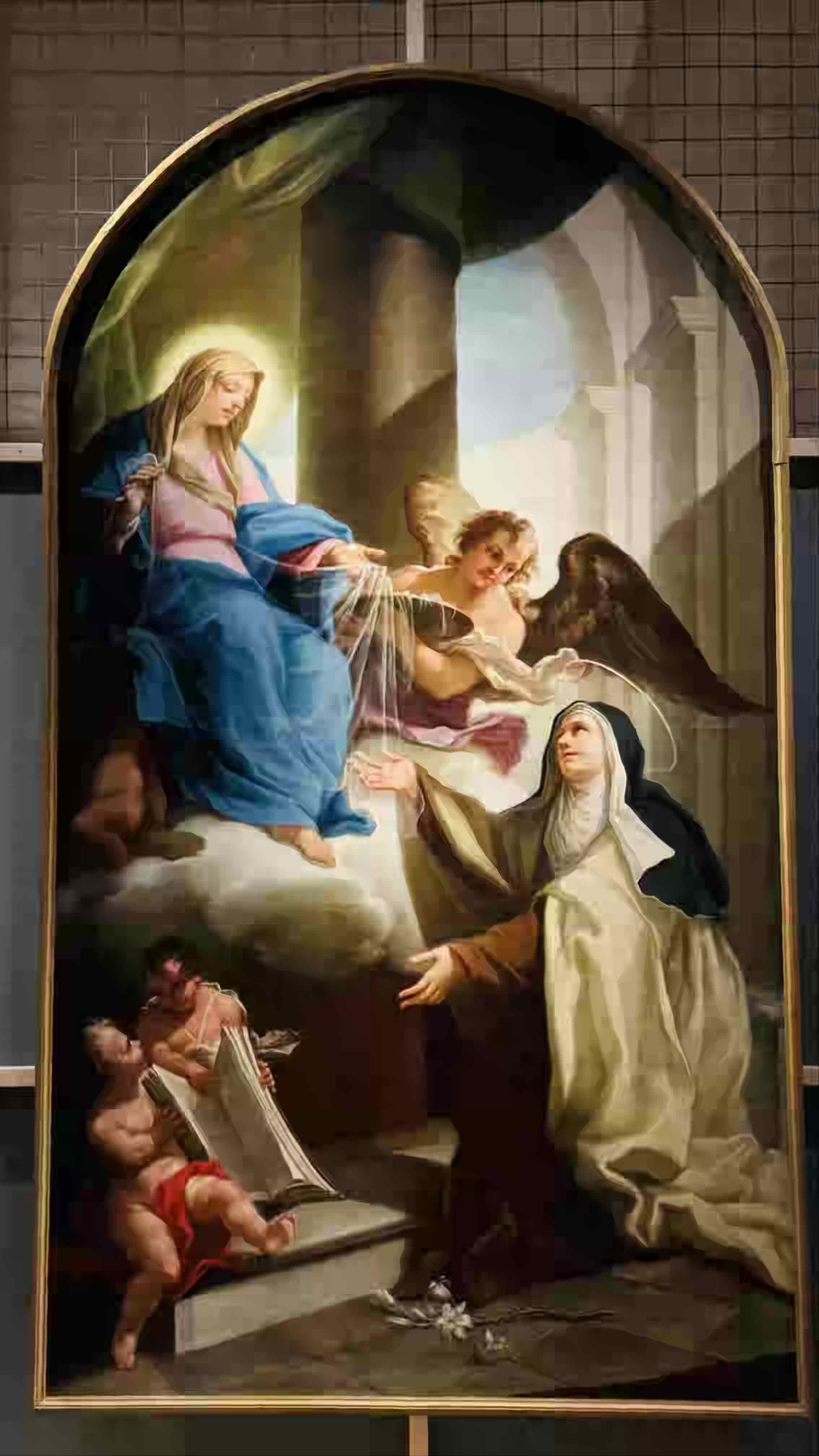
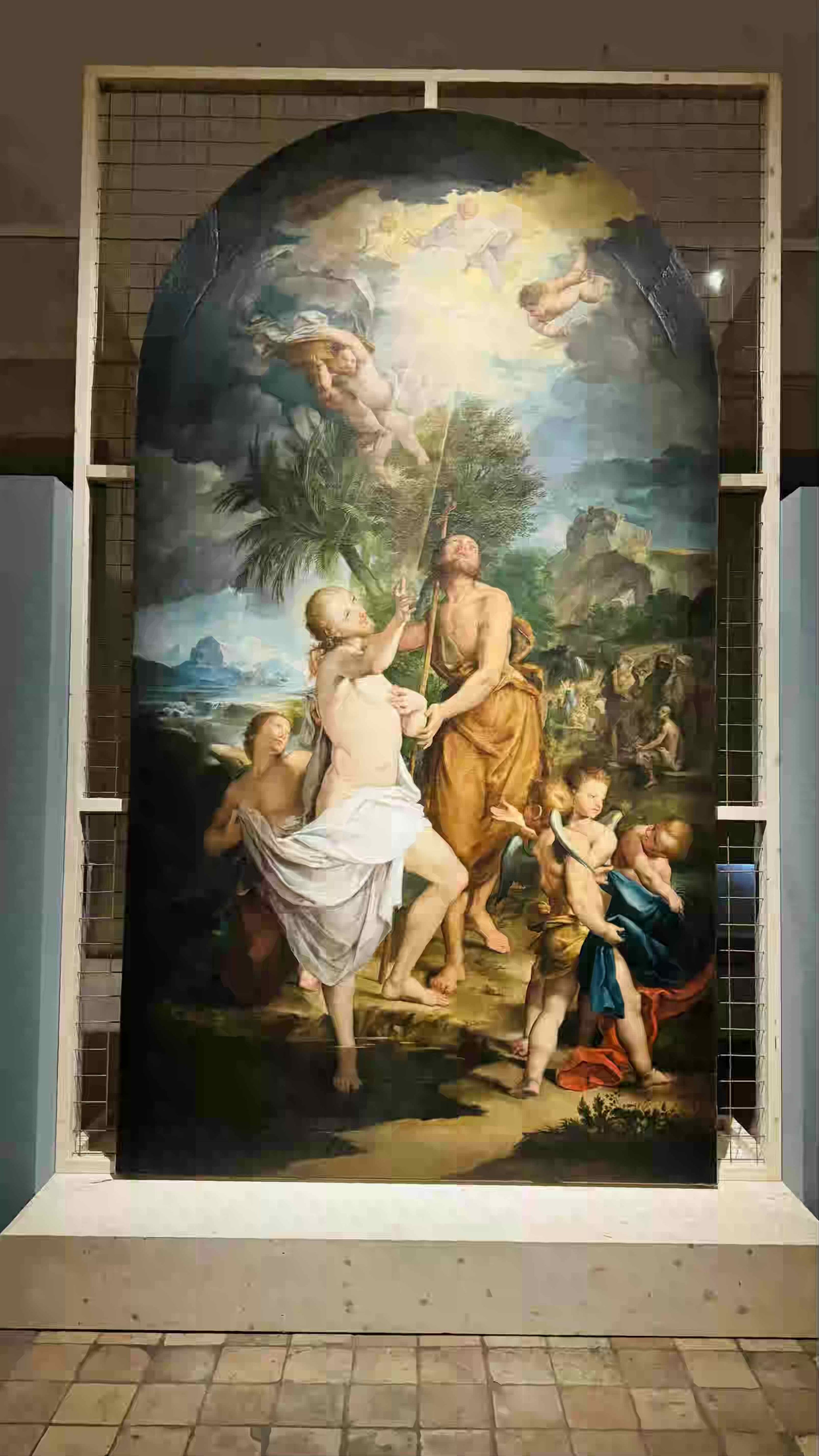



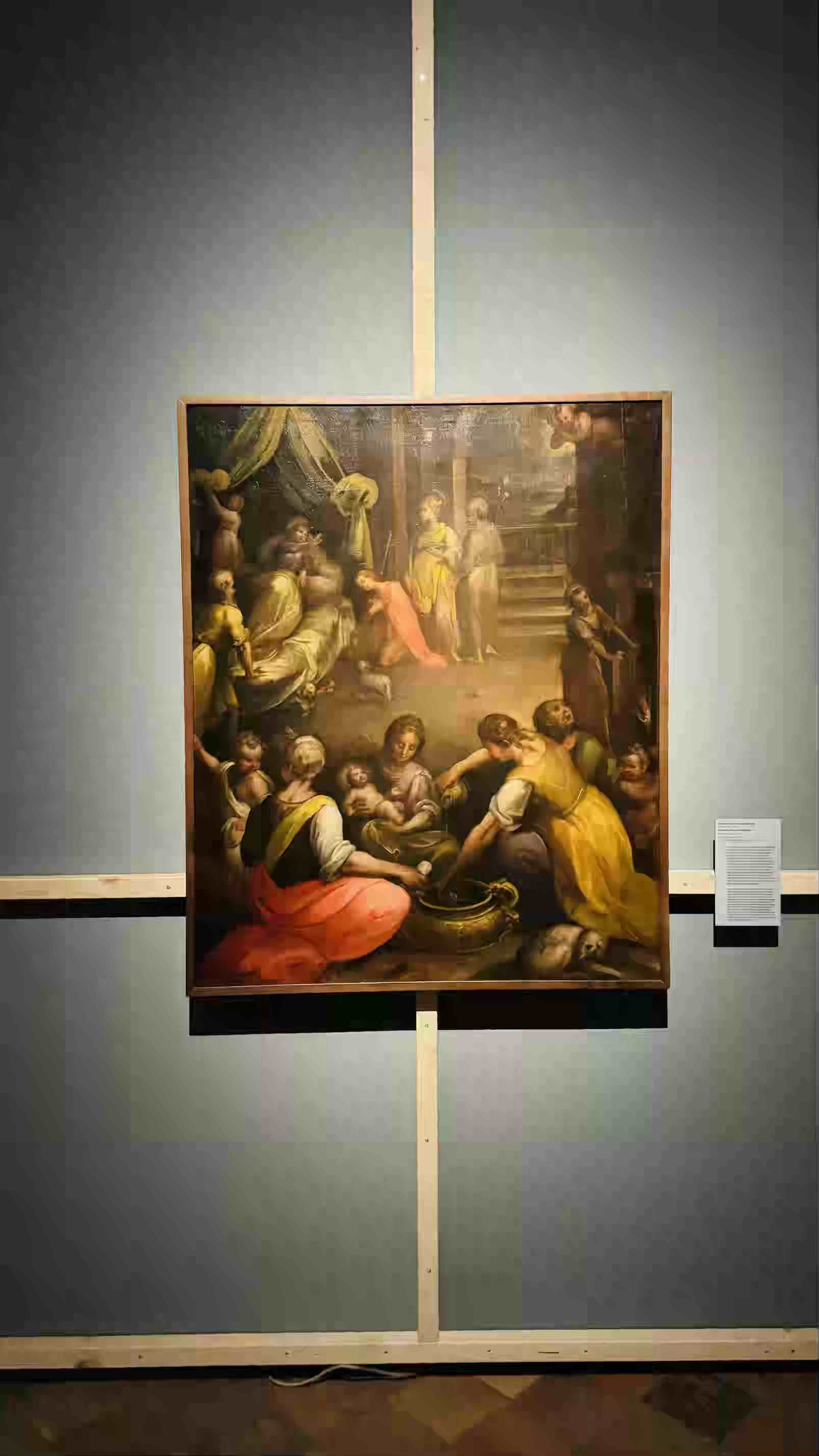
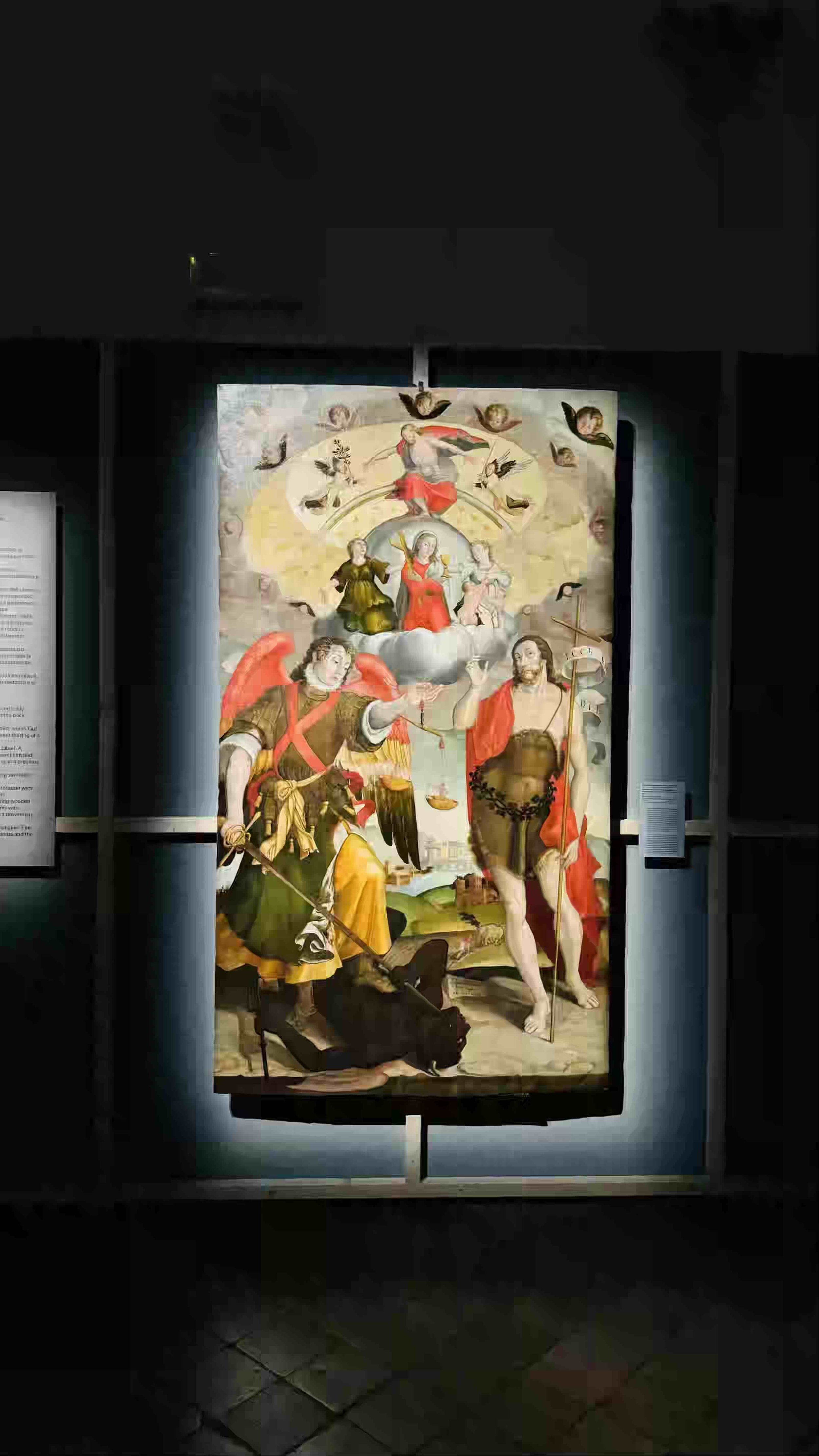
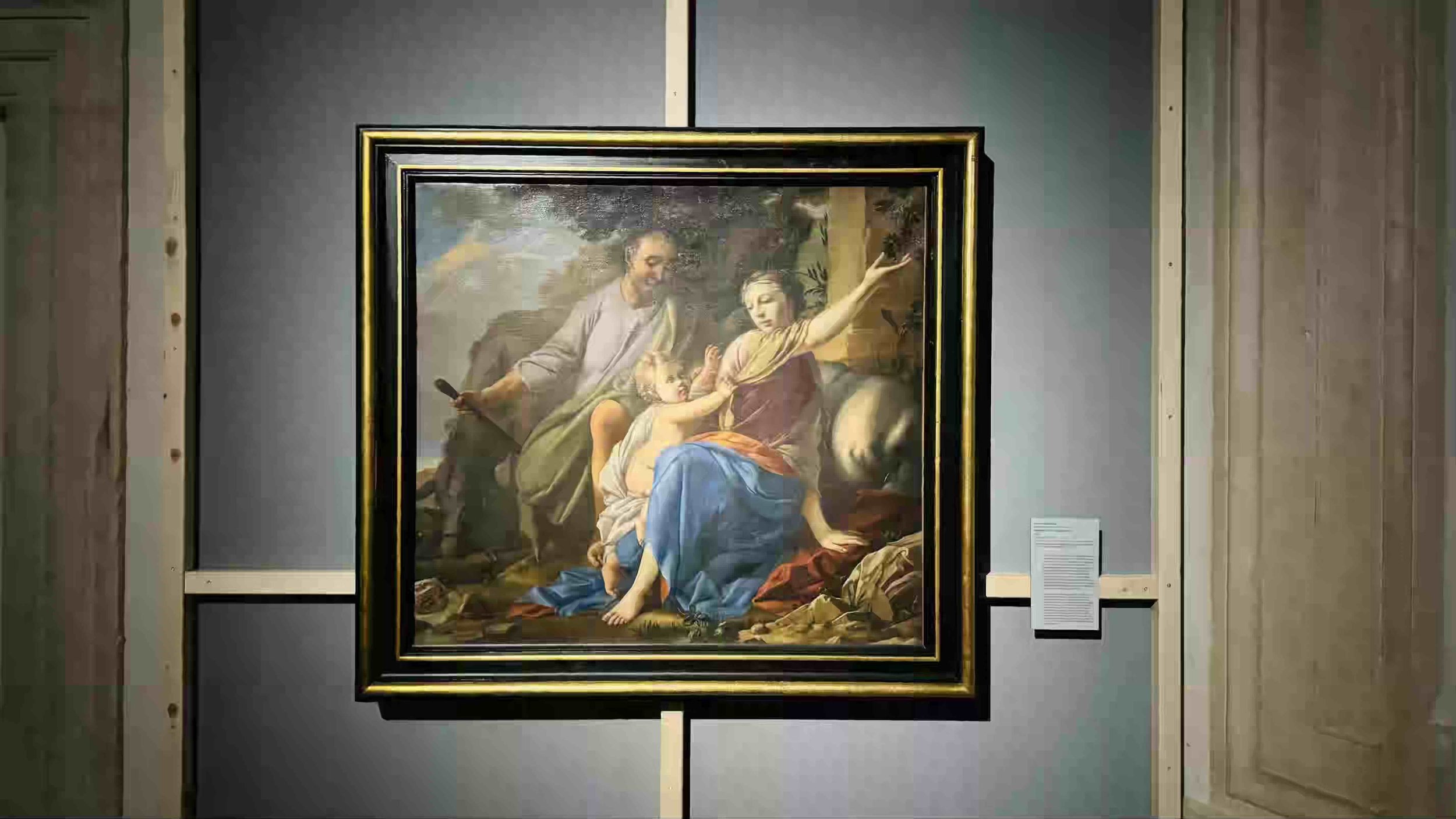
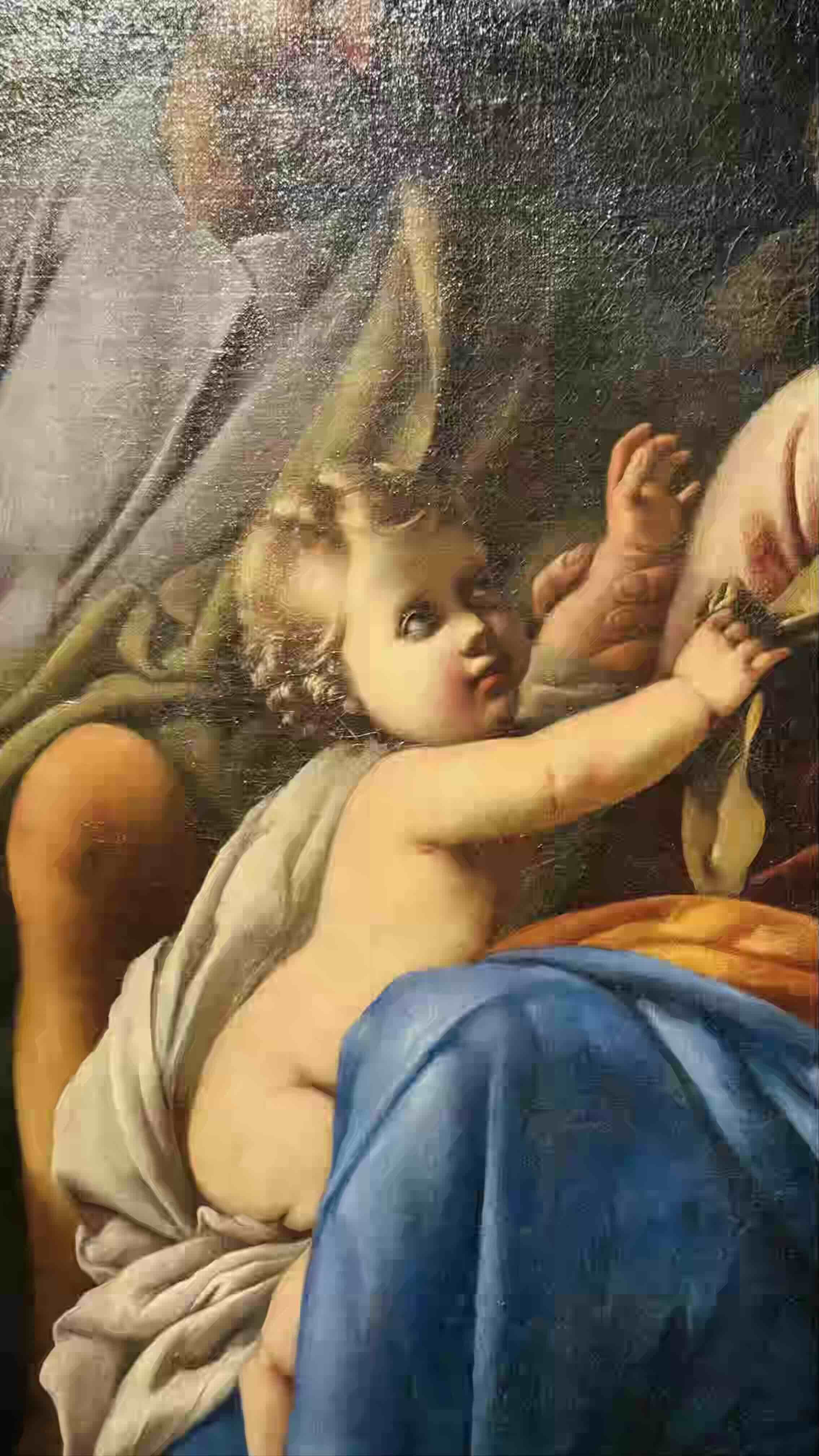
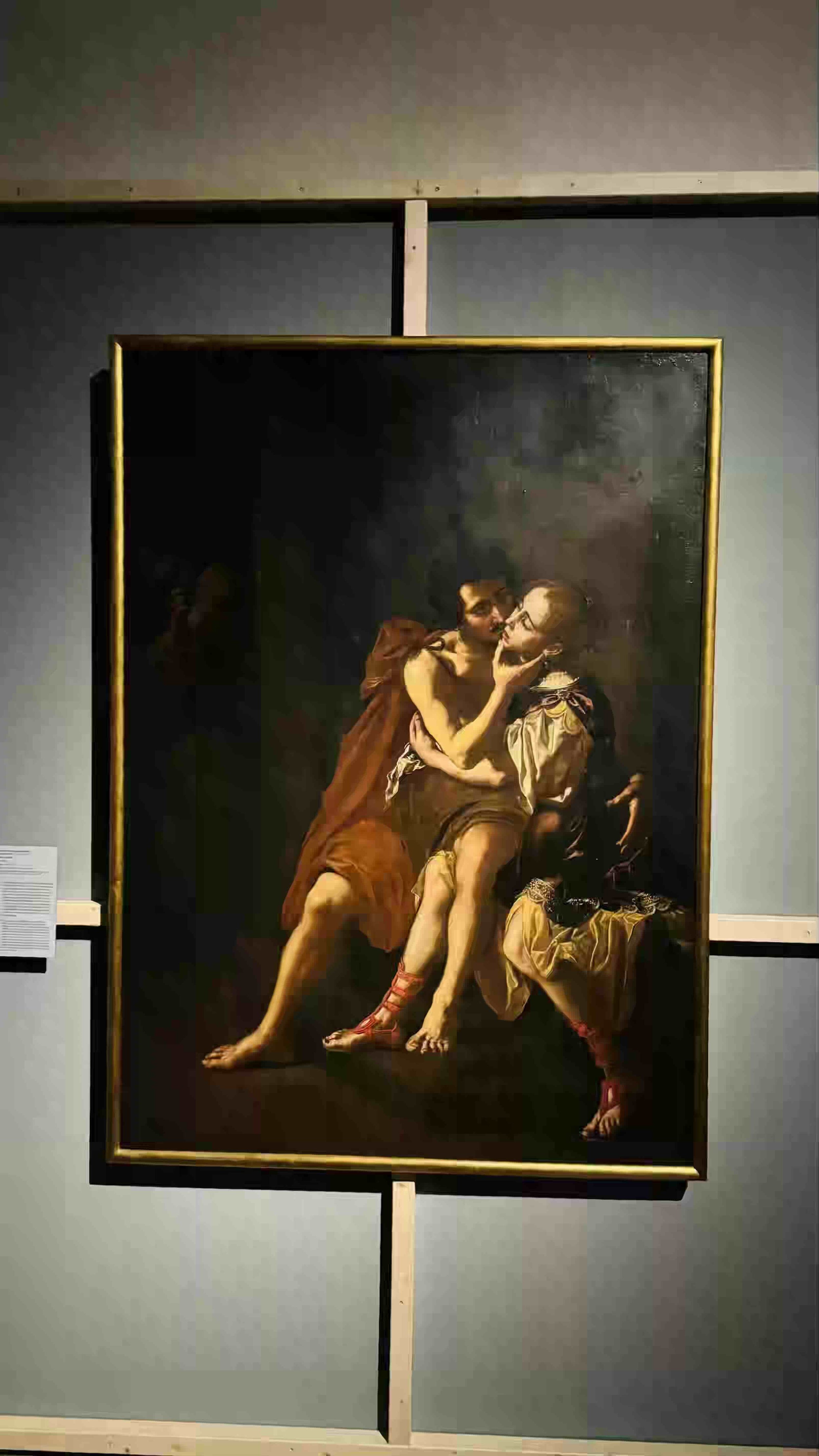
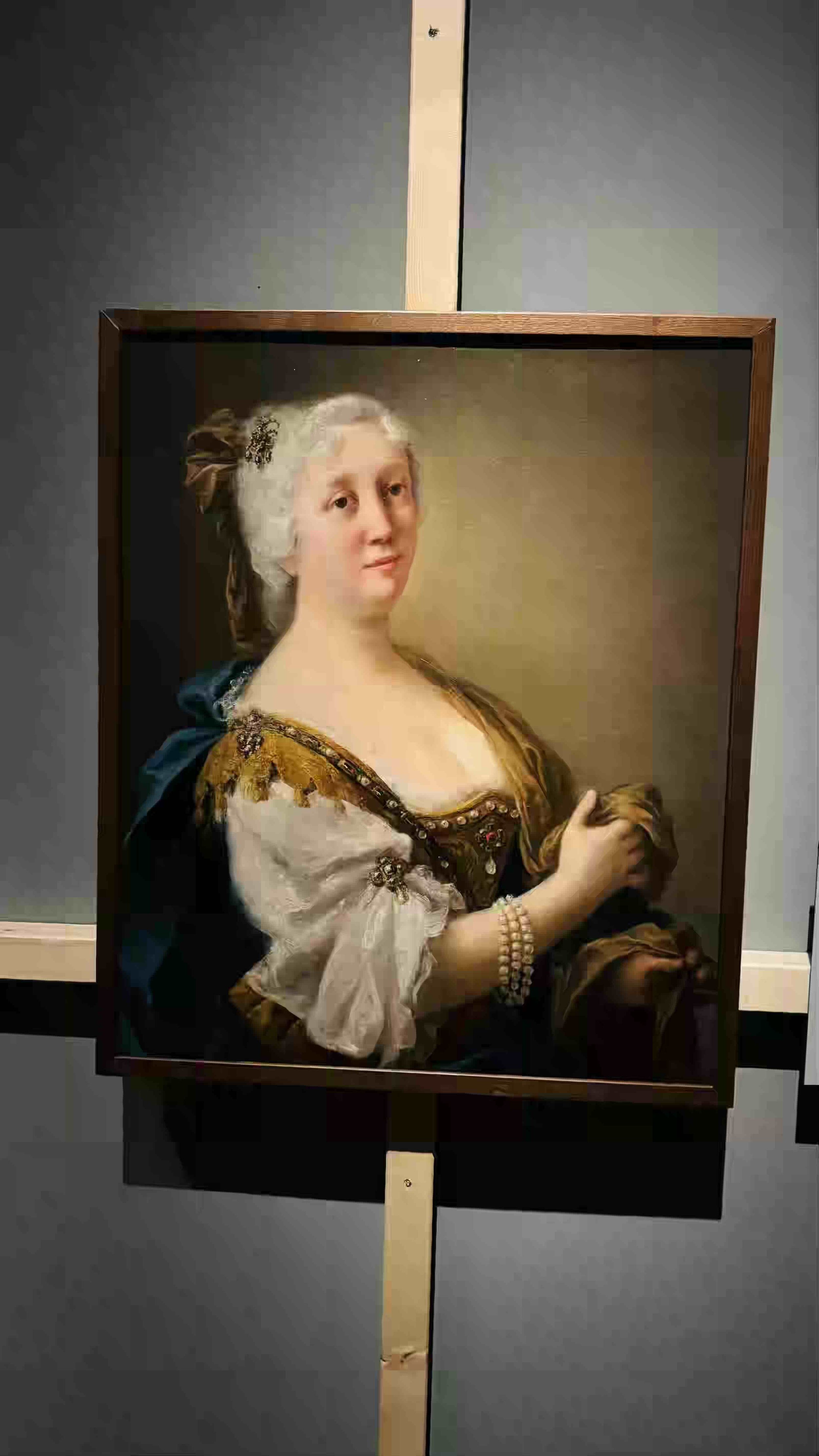
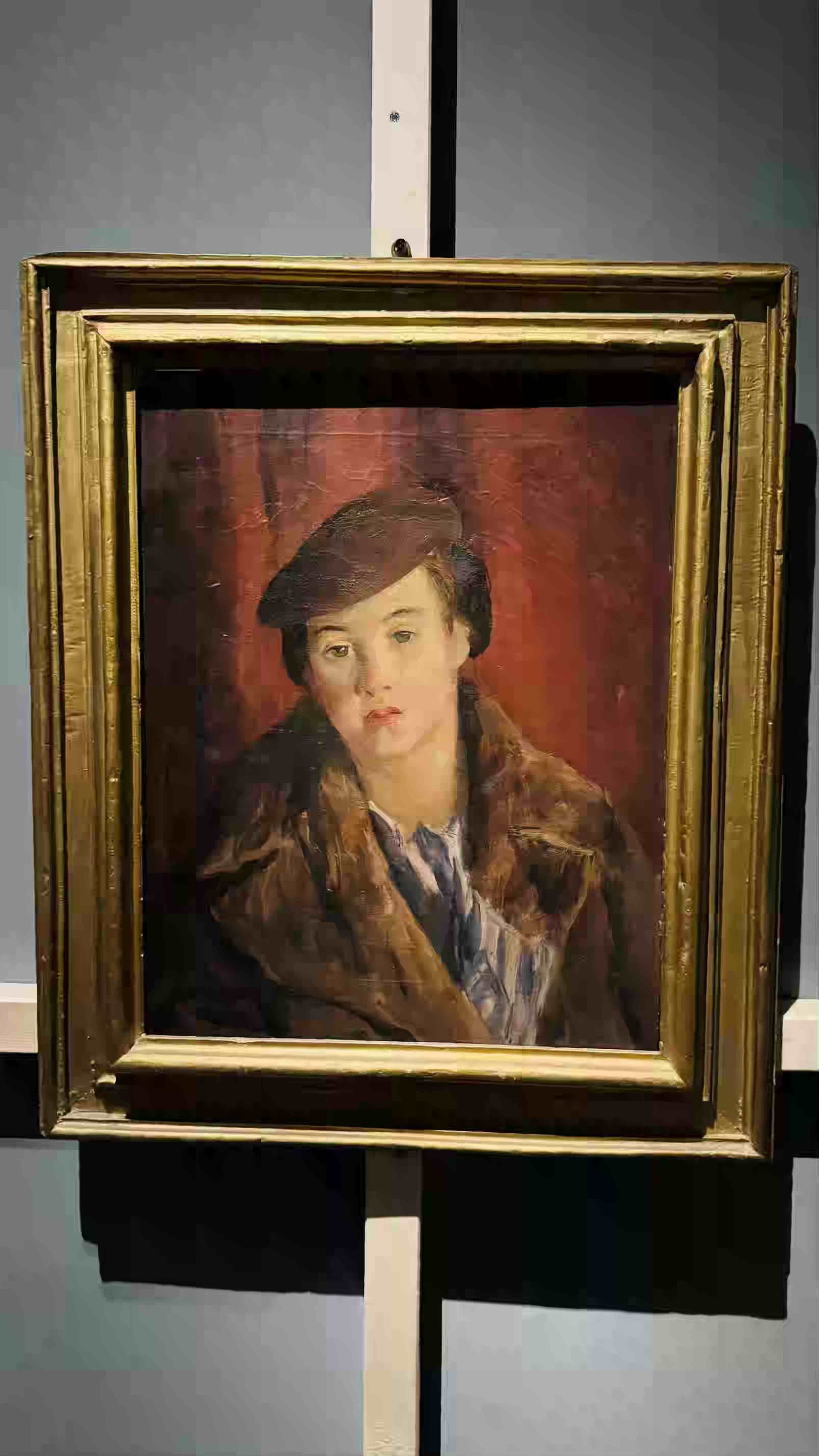

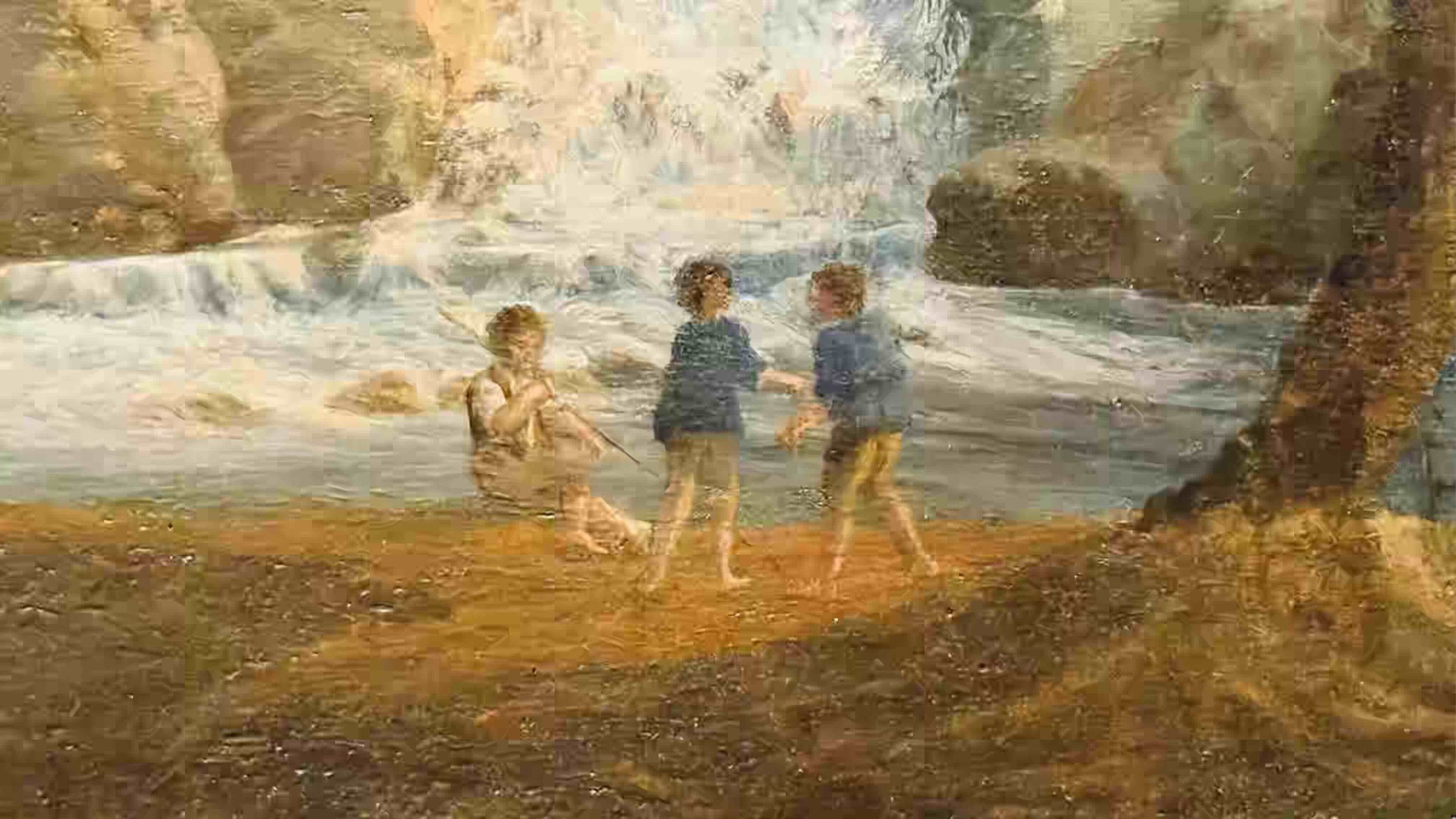



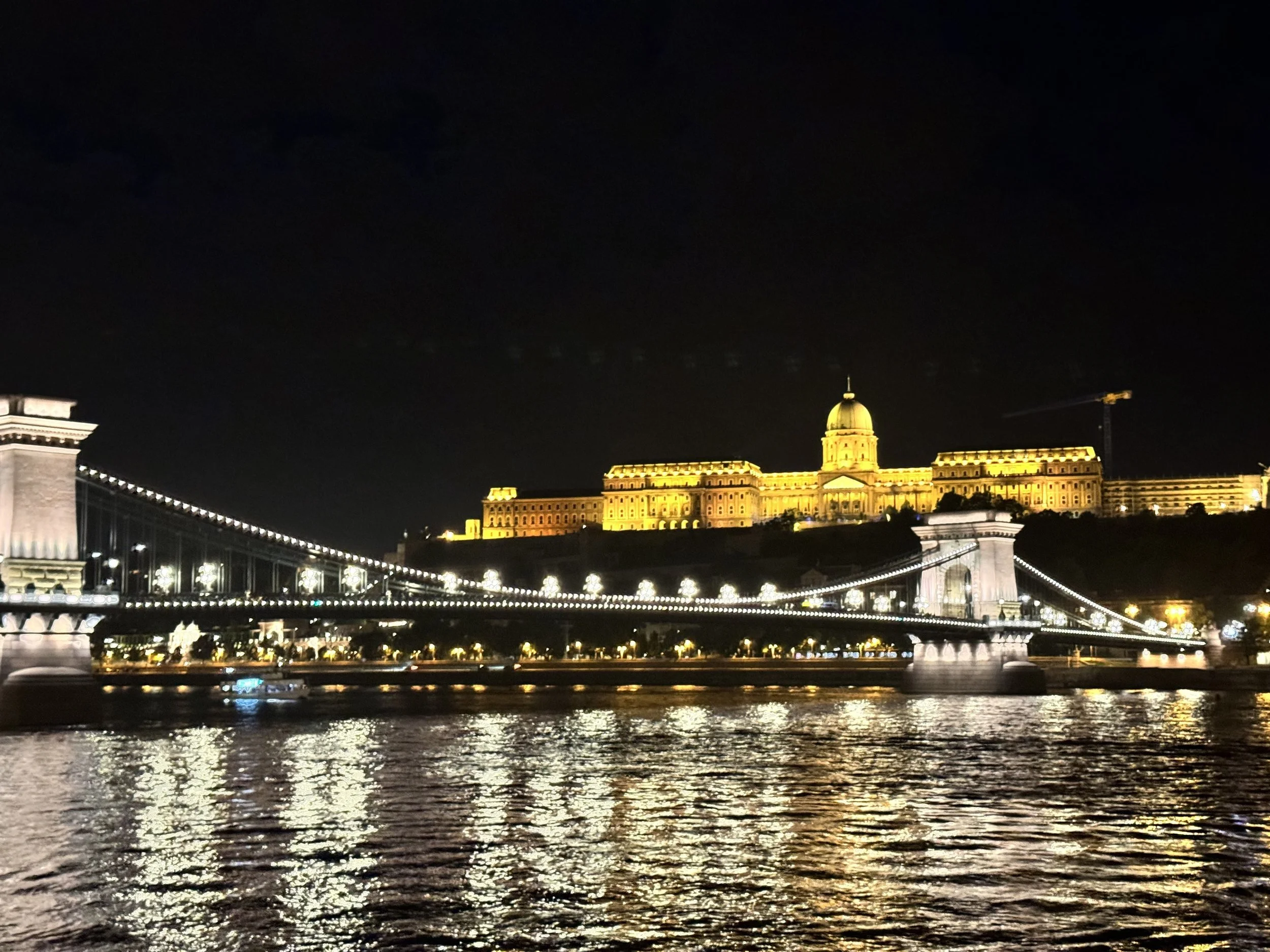
























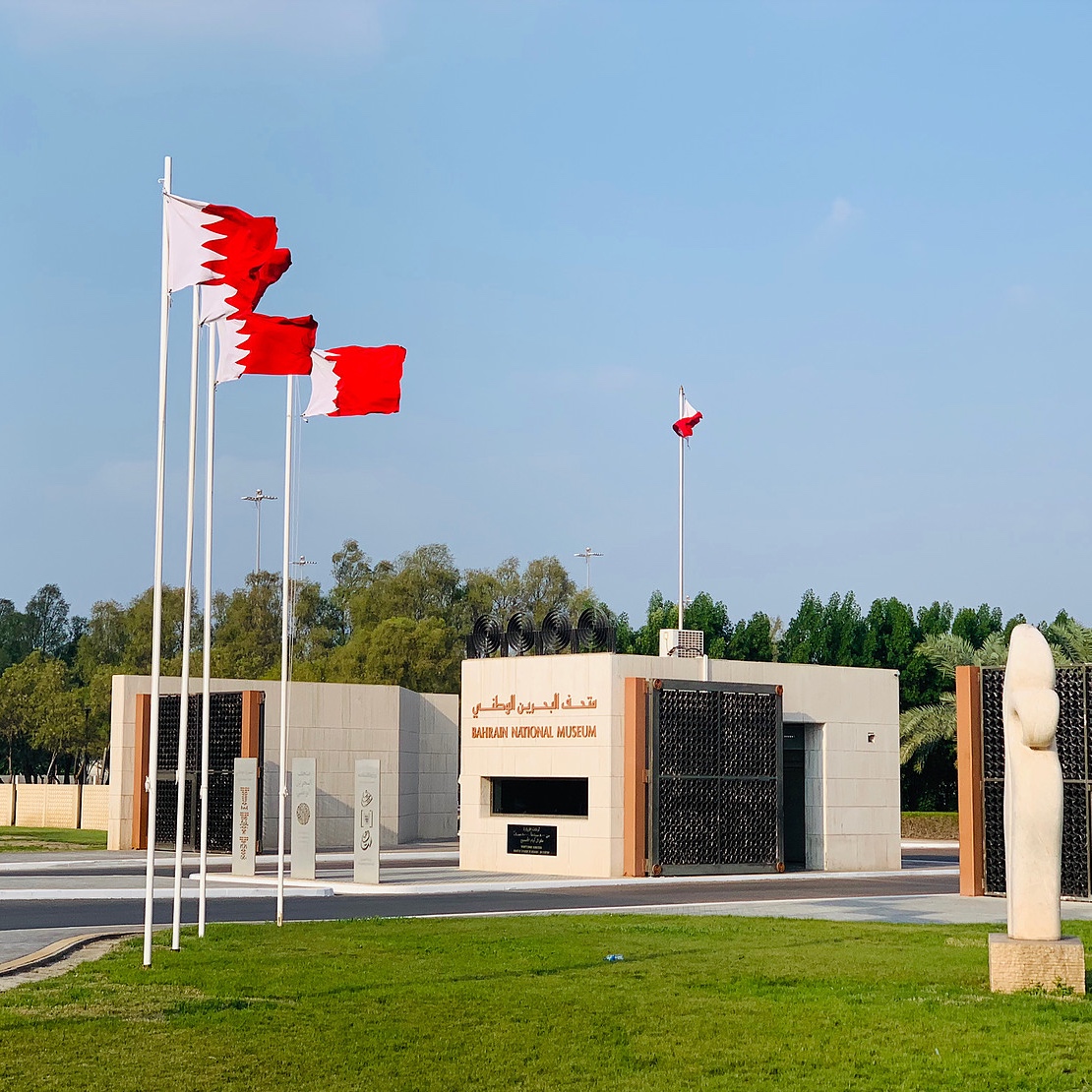


Is narcissism a primary quality for an artist?
Without narcissism, could an artist experience aesthetic and poetic stimuli?
According to the elegant exhibition The Portrait of the Artist. In the Mirror of Narcissus. The Face, the Mask, the Selfie - curated by Cristina Acidini, Fernando Mazzocca, Francesco Parisi, and Paola Refice at the Museo Civico San Domenico in Forlì - the answer is definitive: narcissism is an undeniably and irrefutably inspiring genius.